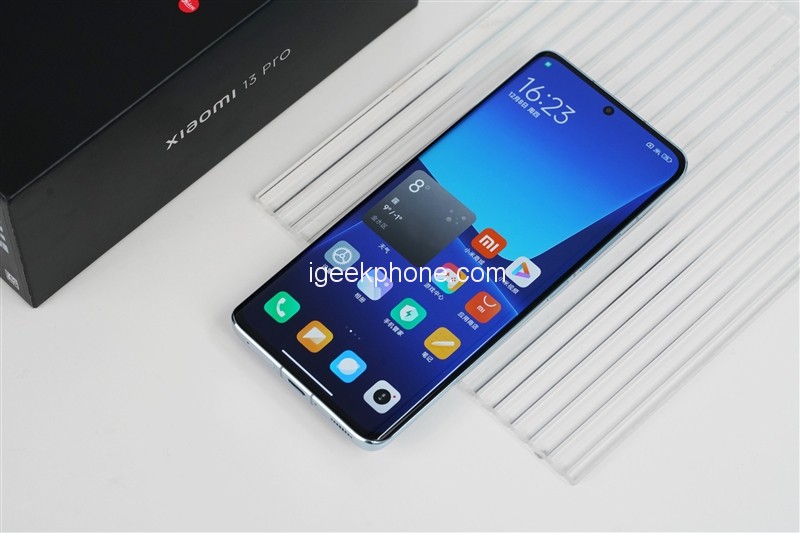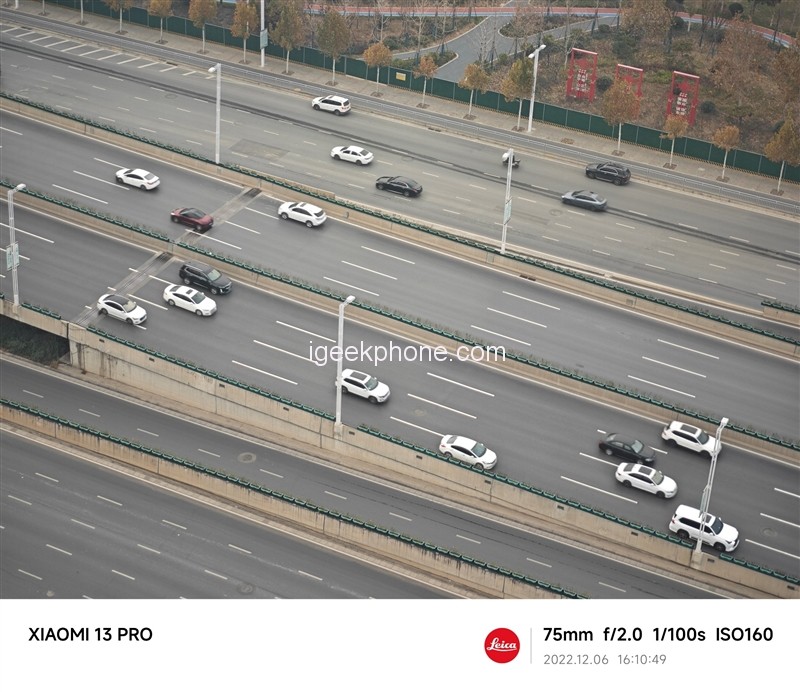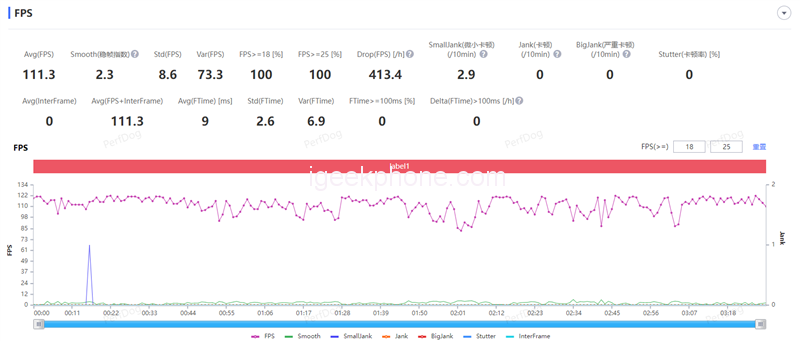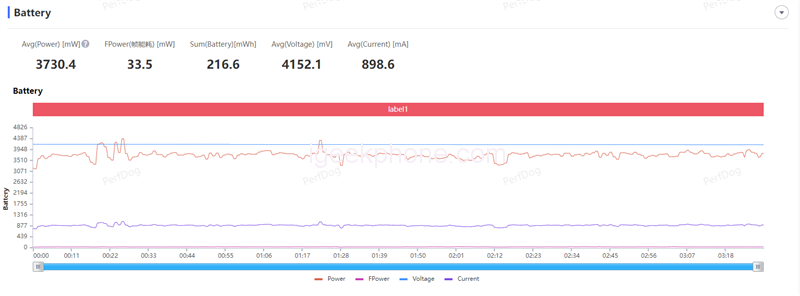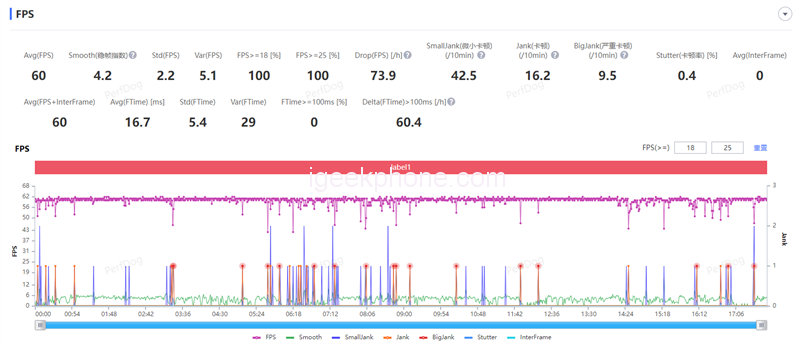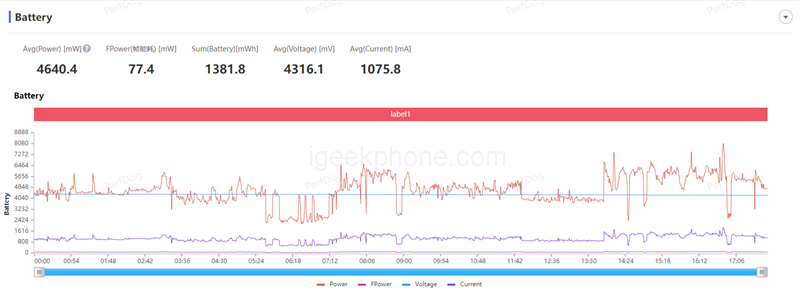The Mi 12S Ultra, launched after in-depth cooperation with Leica, has started another shot of Xiaomi in the field of flagship imaging. According to Xiaomi’s tradition, Xiaomi often applies the latest technology to the Ultra series and then releases it when it is right. The 12S Ultra’s one-inch large-size sensor, Leica’s native image quality, and other heavyweight technologies have been well received by the market, allowing the public to see Xiaomi’s determination to build an imaging phone. It has only been launched for half a year, and the Xiaomi Mi 13 series has followed suit and met with consumers. Now, let’s experience the newly upgraded image of the Xiaomi Mi 13 Pro.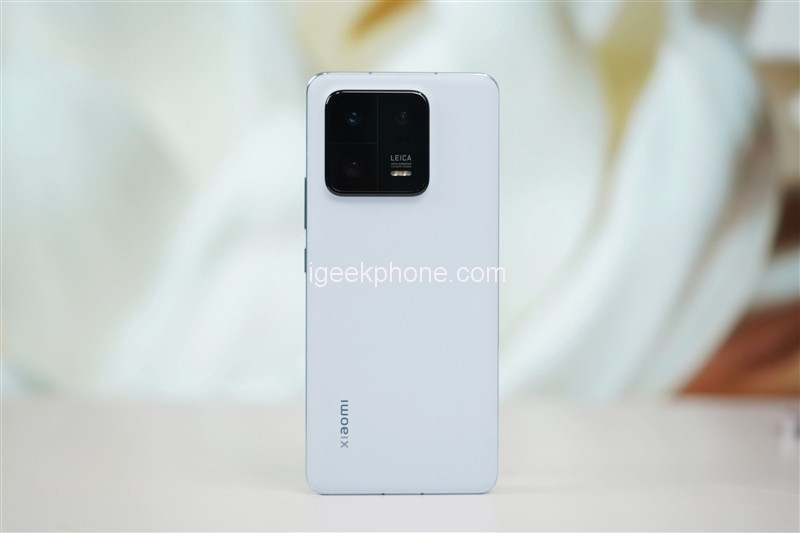
1. Leica lens module
For the first time, Xiaomi Mi 13 Pro uses a 1-inch outsole Sony IMX989 sensor on a non-Ultra model, as well as representative master lens packages, Leica optical lenses, Leica dual image quality, everything tracking, etc., absent.
Compared with the IMX707 1/1.28 sensor of the previous generation 12S Pro, it has been upgraded to the IMX989 one-inch sensor, a very large upgrade. We have seen this sensor in the 12S Ultra before. Without any cutting. It is the ceiling of the current mobile phone imaging hardware.
There is also Leica professional optical lens LEICA VARIO-SUMMICRON 1:19-2.2/14-75 ASPH. Among them, the ultra-wide-angle and telephoto lenses can be used as the main camera on any mobile phone, but they can also be used on Mi 13 Pro. It’s just a sub-camera level, bringing more possibilities for users to shoot.
2. Screen
The screen on the Mi 13 Pro uses E6 luminescent materials, 2K resolution, and a 120Hz stepless variable dynamic refresh rate.
Among them, the 120Hz stepless variable dynamic refresh rate completely abandons the concept of gears so that the number of frames output by the GPU can be refreshed, and the static state can also be maintained at 1Hz, which is more flexible than the fixed multi-frame gears of Mi 12S Pro. And it can also take into account smoothness and power saving.
The Mi 13 Pro can reach 1200nit global brightness and 1900nit peak brightness, allowing users to watch outdoors. You must know that the peak brightness of Mi 12S Pro is only 1500nit.
This screen also supports native 10-bit color depth, covering 100% sRGB and 100% P3 color spaces, supports automatic color management, and supports HDR 10, HDR 10+, Dolby Vision, and HLG four Hollywood HDR specifications. HDR photos and videos can accurately restore the contrast between light and dark in the picture, which provides great convenience for content creators.
3. The second-generation Snapdragon 8
The second-generation Snapdragon 8 mobile platform adopts a 4nm process, a new 1+2+2+3 architecture, that is, a Cortex-X3 super core with the main frequency of 3.2GHz + four 2.8GHz performance cores (2× Cortex A715+ 2×Cortex A710) + 8-core solution consisting of 2.0GHz Cortex-A510 energy-efficient cores.
Theoretically, compared with the first-generation Snapdragon 8+ used by Xiaomi Mi 12S Pro, the second-generation Snapdragon 8 equipped with Mi 13 Pro has a 37% improvement in overall CPU performance. 17%, and the new fusion architecture (A715+A710) performance core, the performance also has a 50% improvement.
The second-generation Snapdragon 8 has an Adreno GPU with a 50% increase in core size, resulting in a 37% increase in performance and a 16% decrease in power consumption.
It also brings some features of game consoles, such as VRS variable shading rate, hardware-level ray tracing, etc. After the game is adapted, ray tracing games can also be played on mobile phones. Coupled with 8533Mbps LPDDR5X and UFS 4.0, it can be said that Mi 13 Pro’s top hardware is integrated.
Design & Appearance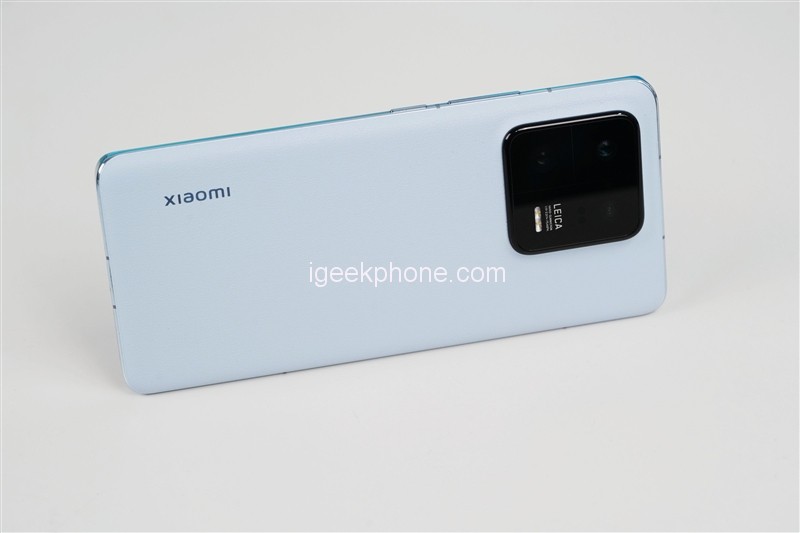
The front of Mi 13 Pro is equipped with a 6.73-inch OLED and E6 luminescent material, which brings a full-screen brightness of 1200nit and a peak brightness performance of 1900nit, which can ensure clear viewing outdoors.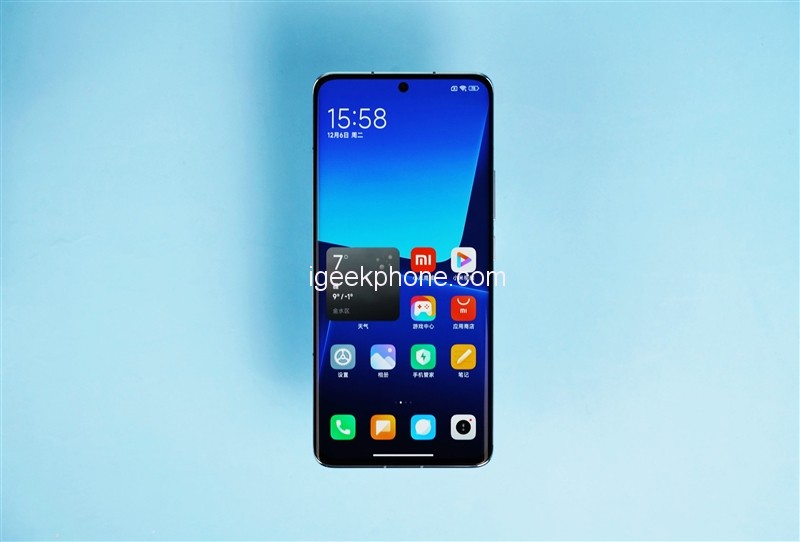
The resolution of this screen is 3200×1400, the PPI is as high as 522, supports 1-120Hz stepless variable refresh rate, and native 10bit color depth, covering 100% sRGB and 100% P3 color space, and also supports HDR 10, HDR 10+, Dolby Vision, and HLG are the four Hollywood HDR specifications that provide the accuracy of a professional monitoring display and accurately restore the contrast between light and dark in the picture.
The screen’s surface is covered with Corning Gorilla Glass Victus glass, and the whole machine supports IP68 dustproof and waterproof, providing users with safer protection in daily use and complex environments.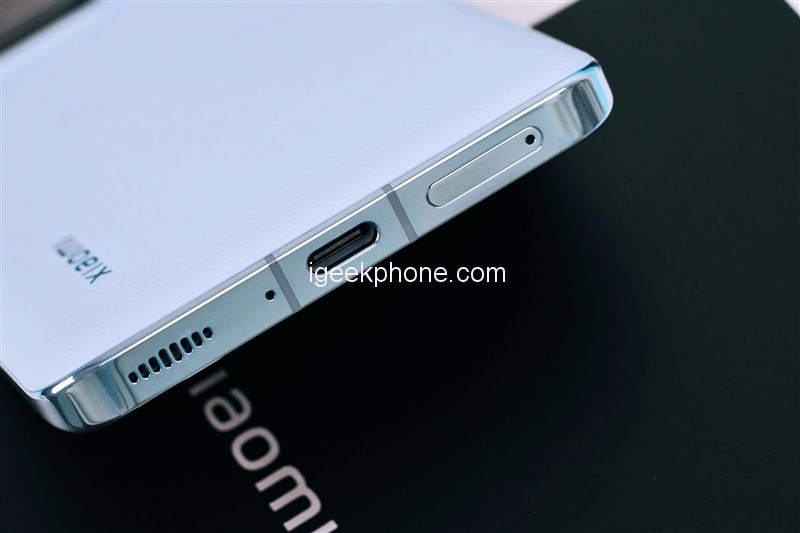
This screen also has front and rear dual light perception, ambient color temperature perception, and 1920Hz PWM dimming. It has passed the SGS low blue light certification, allowing users to protect their eyes more during use.
Mi 13 Pro adopts a hyperboloid design, which is relatively rounded overall and can bring a very good grip. We received Yuanshan Blue, which looks very small and fresh. This material is officially called nano-technology leather. It uses a new silicone formula. It feels the same as traditional leather. It feels softer to the touch and has a fine texture. It also can resist dirt.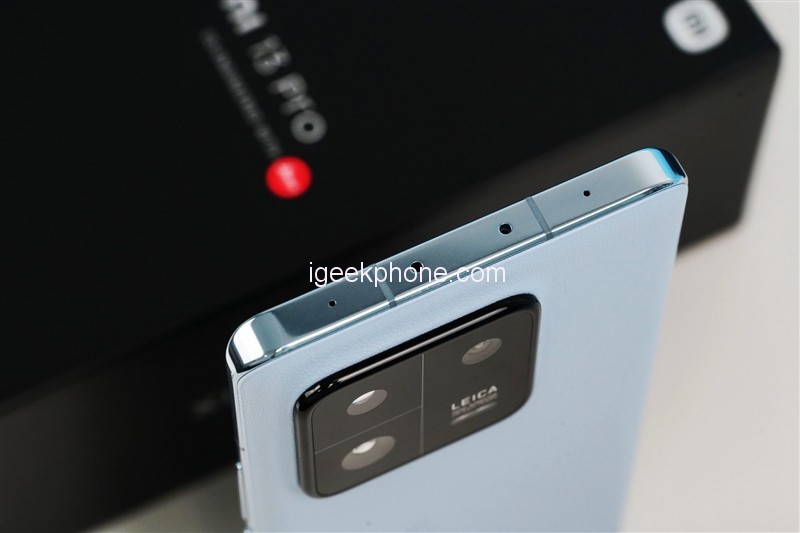
Technology nano-skin has strong anti-ultraviolet aging and anti-rain ability, even if it is used outdoors, there is no need to worry about aging, and it is easy to clean when it is stained. Daily paint pens, markers, ballpoint pens, ink, tomato sauce, etc. It’s easy to remove, just wipe it off and keep a high appearance at all times.
The rear camera module is still a matrix camera design, equipped with Leica professional optical lens LEICA VARIO-SUMMICRON 1:19-2.2/14-75 ASPH, composed of main camera + super wide-angle + telephoto.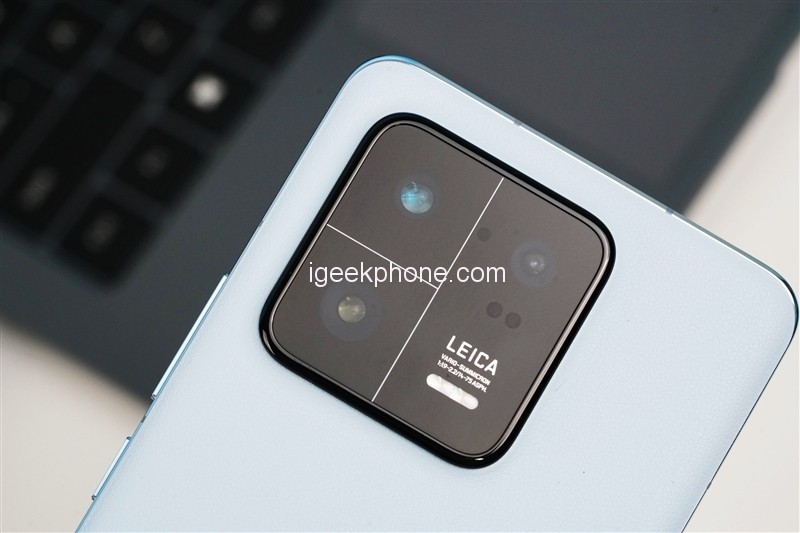
The main camera of the Mi 13 Pro uses the same 1-inch IMX989 sensor as the 12S Ultra. The main camera lens of Mi 13 Pro adopts an aspheric mirror structure, which makes the optical path design extremely flexible. This not only reduces the size of the lens but also highly matches the best angle of the microlens on the surface of the IMX989, avoiding signal crosstalk between pixels, allowing Extrinsic light is correctly converged even at the edge of the image field.
Although it is equipped with a Leica professional optical lens, the Mi 13 Pro reduces the thickness to 8.7mm and weighs only 210g. Compared with the “Big Mac” size of the Mi 12S Ultra, the Mi 13 Pro is much more user-friendly for smaller opponents.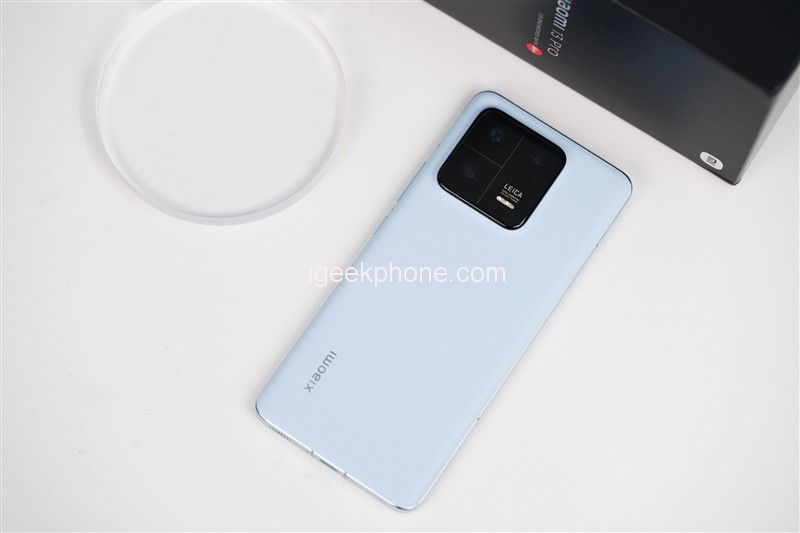
A list of the top and bottom details of Mi 13 Pro, the common noise-canceling microphone, SIM card slot, USB-C opening, and it is also equipped with an infrared universal remote control. The stereo speakers of Mi 13 Pro support Dolby Atmos and Dolby head tracking.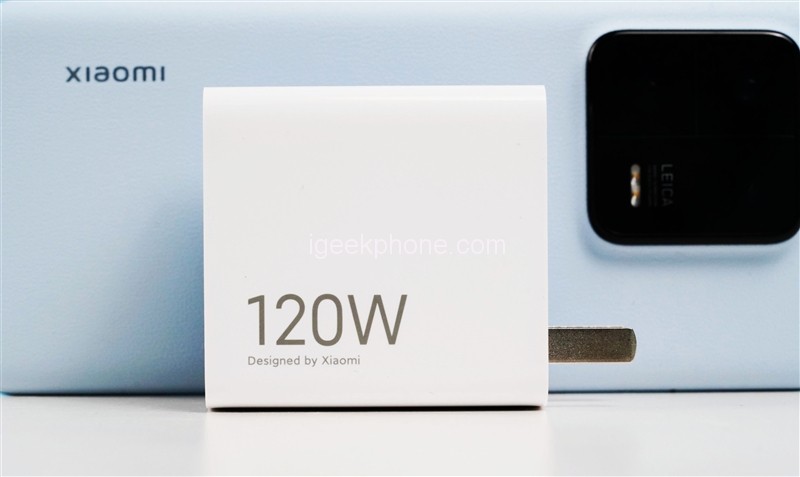
The 120W gallium nitride charger included in the package is backward compatible with multi-level fast charging protocols such as 15W, 18W, and 66W.
Cameras
This time, Mi 13 Pro is equipped with Leica professional optical lens LEICA VARIO-SUMMICRON 1:19-2.2/14-75 ASPH. The three lenses used are all 50 Megapixels, all of which have passed Leica visual certification and have high-resolution Power, large aperture, and excellent distortion control, and also cover the optical zoom range of 0.6X-3.2X, allowing users more freedom when taking pictures.
The IMX989 sensor on the Mi 13 Pro adopts a 4:3 ratio and has a complete 1-inch super outsole (actually 1.02 inches, with a diagonal length of about 16.32mm). This sensor can realize the four advantages of excellent noise control ability, large dynamic range, larger light input, and lossless 2x zoom.
When the 12S Ultra was released, Xiaomi popularized the science. Compared with the main camera of the iPhone 13 Pro Max, the IMX989 has a 172% increase in photosensitive area, a 76% increase in light sensitivity, a 32.5% increase in camera speed, and an 11% increase in startup speed. This CMOS uses an advanced manufacturing process and a four-Bayer color array. The single pixel area is 1.6 μm, and the combined pixel area of four pixels in one can reach 3.2 μm.
As can be seen from the above figure, the larger the pixel area, the better the dynamic range can be. During daily shooting, it can accurately restore scenes with many gradients, such as the sky and the sunset.
Like the Mi 12S Ultra, the main camera is equipped with piece-by-piece ALD optical coating, ink coating on the edge of the lens, and a new cycloolefin material. The surface of the IR cut-off filter is spin-coated. The transmittance of the lens group is as high as 92%, and the reflectance is as low as 0.2%. It can greatly reduce glare, purple fringing, and ghosting and can bring clear and pure pictures when taking pictures.
Compared with the Mi 12S Ultra, the telephoto lens of the Mi 13 Pro this time is a 75mm f/2.0 Leica floating telephoto, which uses the same focusing technology as an SLR camera.
Xiaomi splits the lens group inside the telephoto into upper and lower groups, and the rear group has a strong light-gathering ability. When focusing, it “floats” inside the lens group so that it can achieve 10cm to infinity within a limited stroke—large focusing range.
Even portraits or super close-ups are used in a wider range of scenarios, bringing users a satisfactory and flexible viewing angle. Leica Vivid on the left / Leica Classic on the right.
Leica dual image quality is not absent on Mi 13 Pro, and both are upgraded to P3 wide color gamut. Compared with the previous generation, it can capture 25% more colors, which can greatly improve the expressiveness of colors.
Leica Classic retains true contrast between light and dark and accurate white balance, avoiding large distortion of light, shadow, and color. It is very suitable for documentary proofs. And Leica is bright, moderately bright, and adjusts the saturation of the picture so that the photos show bright and sharp tones vivid and full colors. Users can choose independently when shooting and manually use filters to change different Leica styles after the shooting, which is very free.
In addition to the 1-inch sensor and Leica optics on the hardware, Mi 13 Pro also brings computational photography in the RAW domain. Through the Xiaomi imaging brain algorithm center, based on its powerful operating efficiency and protection capabilities, it can support not only computational photography in the RAW domain but also use Parallel computing pipelines can greatly increase the speed of taking pictures, and can also use heterogeneous graphics processing capabilities to achieve CyberFocus tracking.
On Mi 13 Pro, HDR, night scene capture, super night scene, night owl, and video night scene are all based on RAW domain computing photography, allowing users to take pictures at will and record the current beautiful moments.
Photo Samples
Main camera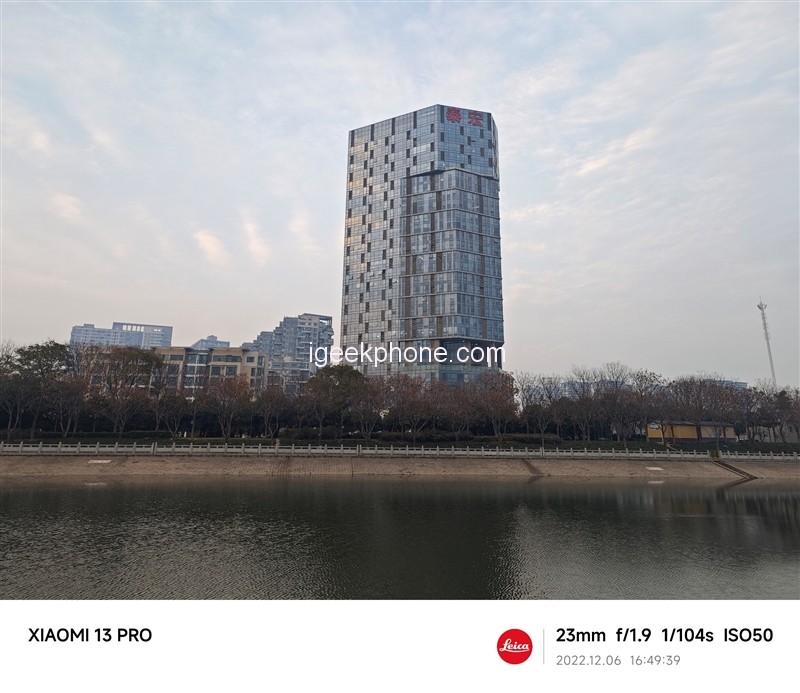
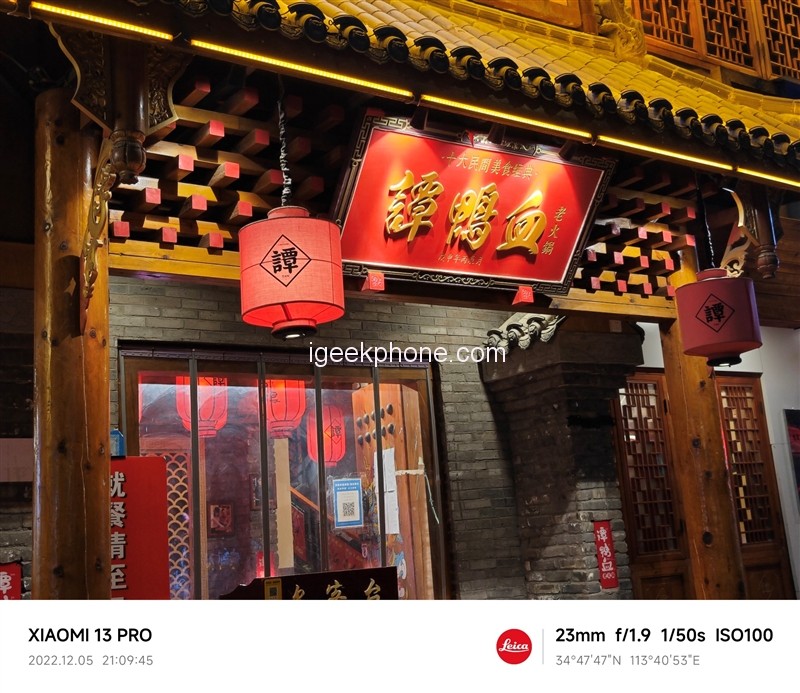
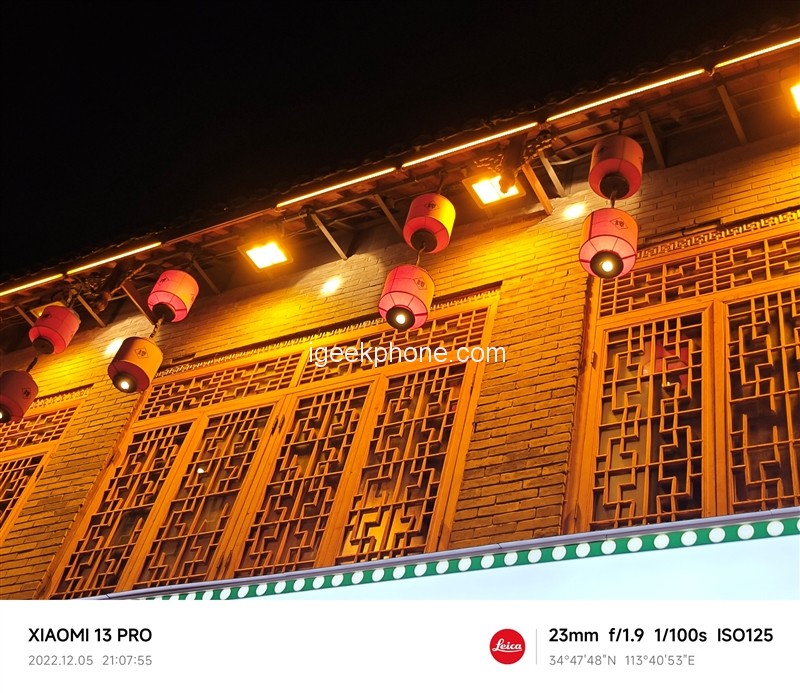
Most of the proofs taken by the main camera are night scenes, which also highlight the Power of the 1-inch sensor. The larger aperture brings more light, and the experience and perception brought during the shooting process are very obvious. Just Press the shutter and shoot straight away without waiting for composition.
The noise reduction algorithm avoids the loss of texture details, color faults, etc., and restores the true color and the relationship between light and shade. While the paint is pleasing to the eye, the color is also very restrained, and it will not appear too “German. There is also a lossless 2x zoom, so there is no need to worry about screen cropping, allowing users more freedom in framing.
Telephoto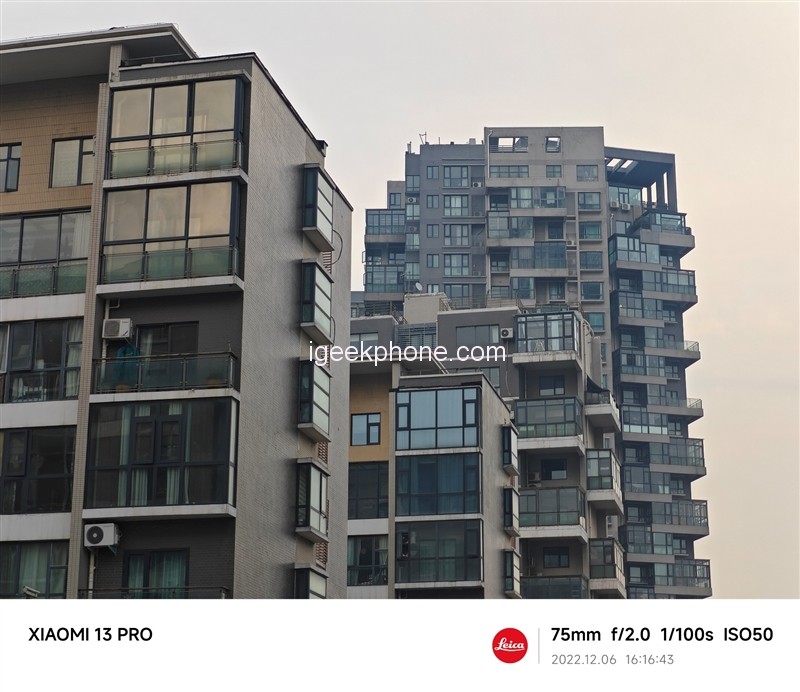
The telephoto lens is 20 to 50 meters away from the subject, coupled with the CyberFocus tracking technology of Xiaomi Imaging Brain so that users don’t need to worry about the blurring problem when using the telephoto lens, and can bring good proof with just one shot.
At a range of about 10 meters, the default 3.2x optical zoom of the Xiaomi Mi 13 Pro’s telephoto lens can meet the shooting needs of most users. Call the telephoto, select the scene range, and press the shutter directly.
The above samples were taken under 3.2x optical zoom. The night scene is pure enough. In the past, the telephoto had strict light requirements, and it easily appeared blurry when the light was insufficient. However, it is very easy to capture the night scene with Mi 13 Pro. Film out.
At a distance of 1 to 5 meters, it is even better. Thanks to the more flexible focus range, this telephoto lens of Mi 13 Pro can also be easily taken, and the samples taken accurately restore the light and dark relationship of the current environment. , can be said to be comparable to the performance of the main camera level.
This 75mm floating telephoto lens can theoretically achieve a super large focus range from 10cm to infinity, so it also can shoot super close-ups. It is no problem to use it as a super macro lens. Go straight to the subject and keep a distance of at least 10cm.
The above macro samples were shot at a range of about 10cm. The bokeh effect is very natural, comparable to an SLR, and can also be used for daily portraits.
Ultra Wide Angle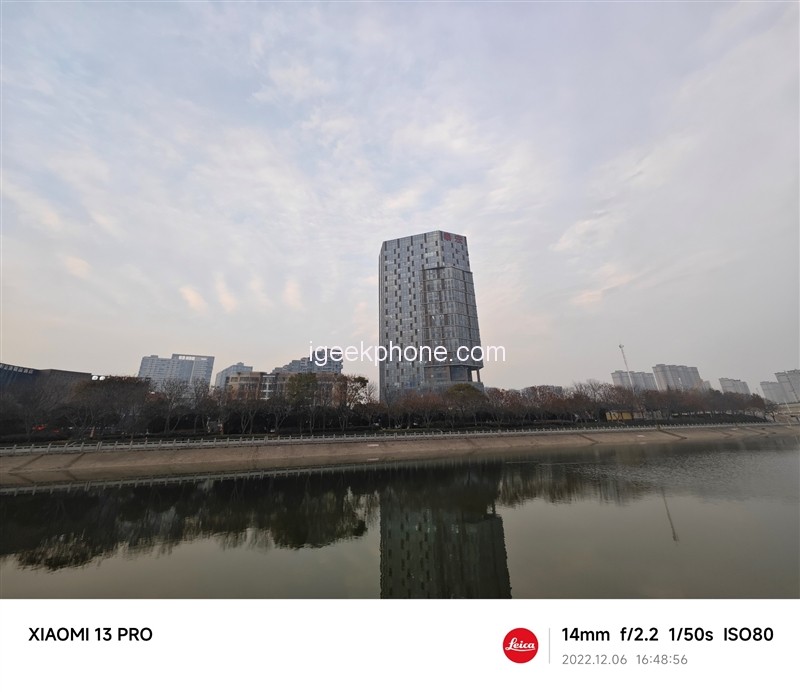
If you want to take pictures of magnificent buildings or group photos, it is very suitable to use an ultra-wide angle. It can be seen from the above sets of samples that this Leica professional optical lens LEICA VARIO-SUMMICRON 1:19-2.2/14-75 ASPH. Brought by Mi 13 Pro, the imaging effects of these three lenses are very consistent, no matter whether The white balance, resolution, and style adjustment are relatively similar, highlighting the role of Leica optical certification. Even in night scenes with insufficient light, these three lenses can be used as “night vision devices,” allowing users to capture the current beauty at any time.
Coupled with Leica tuning, it brings a strong contrast, making the stylization more obvious, and at the same time, retains the contrast between light and dark in the picture without excessive modification and enhancement so that the proofs are closer to what the naked eye can see.
Performance
The core hardware of Xiaomi Mi 13 Pro is a new-generation performance three-piece set consisting of the second-generation Snapdragon 8, 8533Mbps LPDDR5X, and UFS 4.0. Now let’s look at how much it has improved compared to the previous generation.
Antutu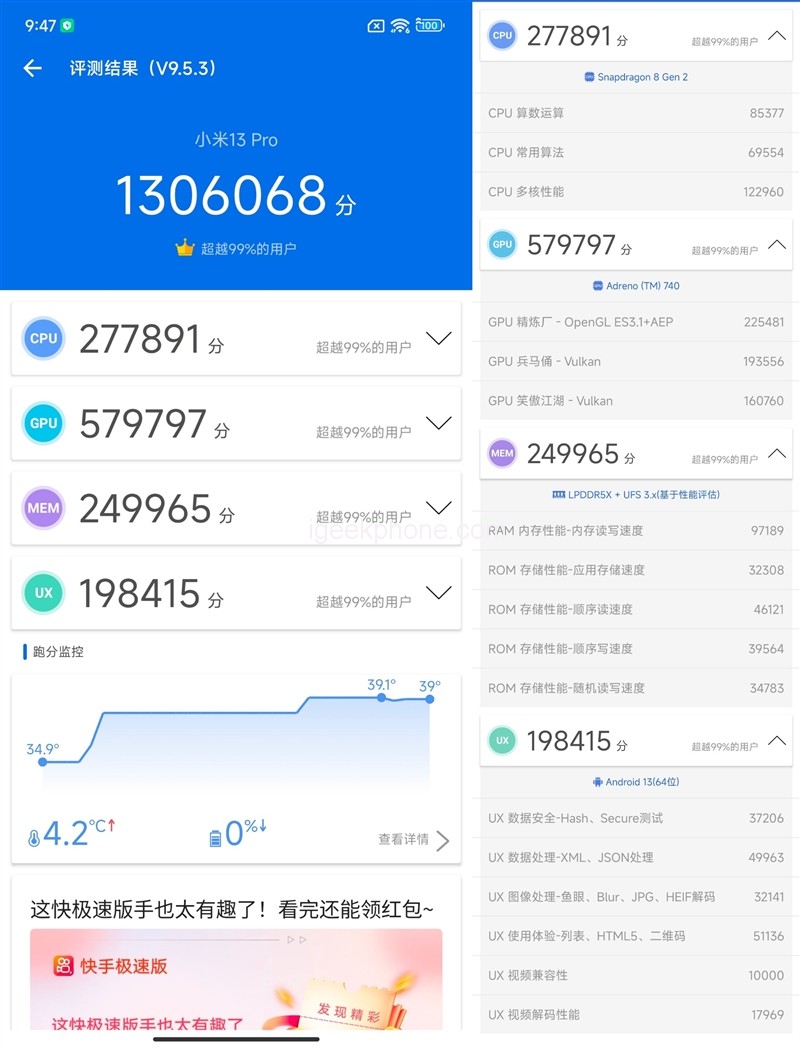
Xiaomi Mi 13 Pro scored 1,306,068 points on AnTuTu, breaking through the 1.3 million mark and surpassing nearly 99% of users. It can be said to be the new generation of flagship machine king of the Android camp.
Among them, the CPU score is 277981 points, the GPU score is 579797 points, the memory score is 249965 points, and the UX score is 198415 points.
Compared with the Xiaomi 12S Ultra equipped with the first-generation Snapdragon 8+, the overall improvement is 21.8%, and the sub-items CPU, GPU, memory, and UX have increased by 15.2%, 23.8%, 34.2%, and 12.2%, respectively.
GeekBench 5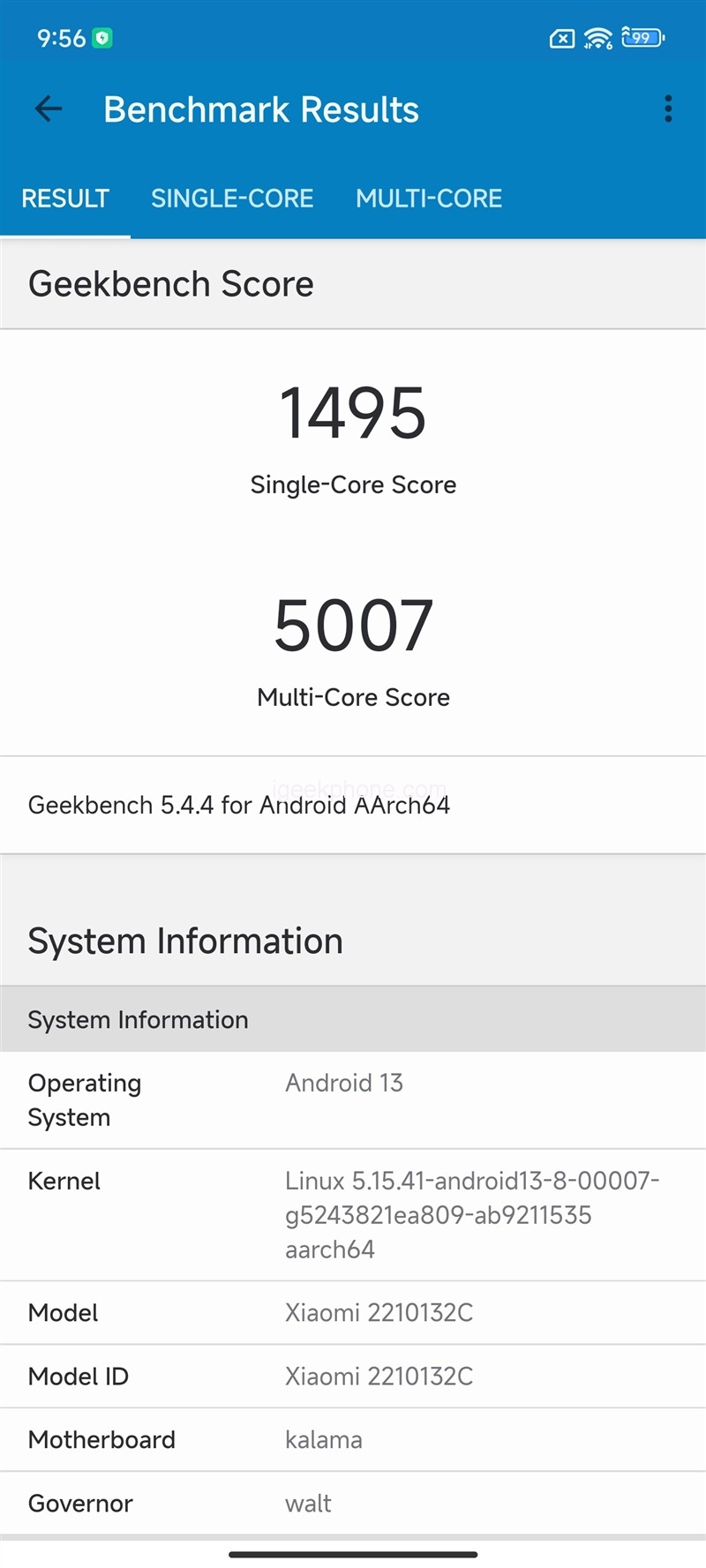
In GeekBench 5, the second-generation Snapdragon 8 equipped with Mi 13 Pro has a single-core score of 1495 and a multi-core score of 5007.
Compared with the first-generation Snapdragon 8+, the second-generation Snapdragon 8 of this generation has a 12.3% improvement in single-core and a 20% upgrade in multi-core.
Comparing the Soc rankings of fast-tech mobile phones, the processor multi-core performance of the second-generation Snapdragon 8 is similar to that of the A15 chip of the Apple iPhone 13 Pro Max.
GFXBench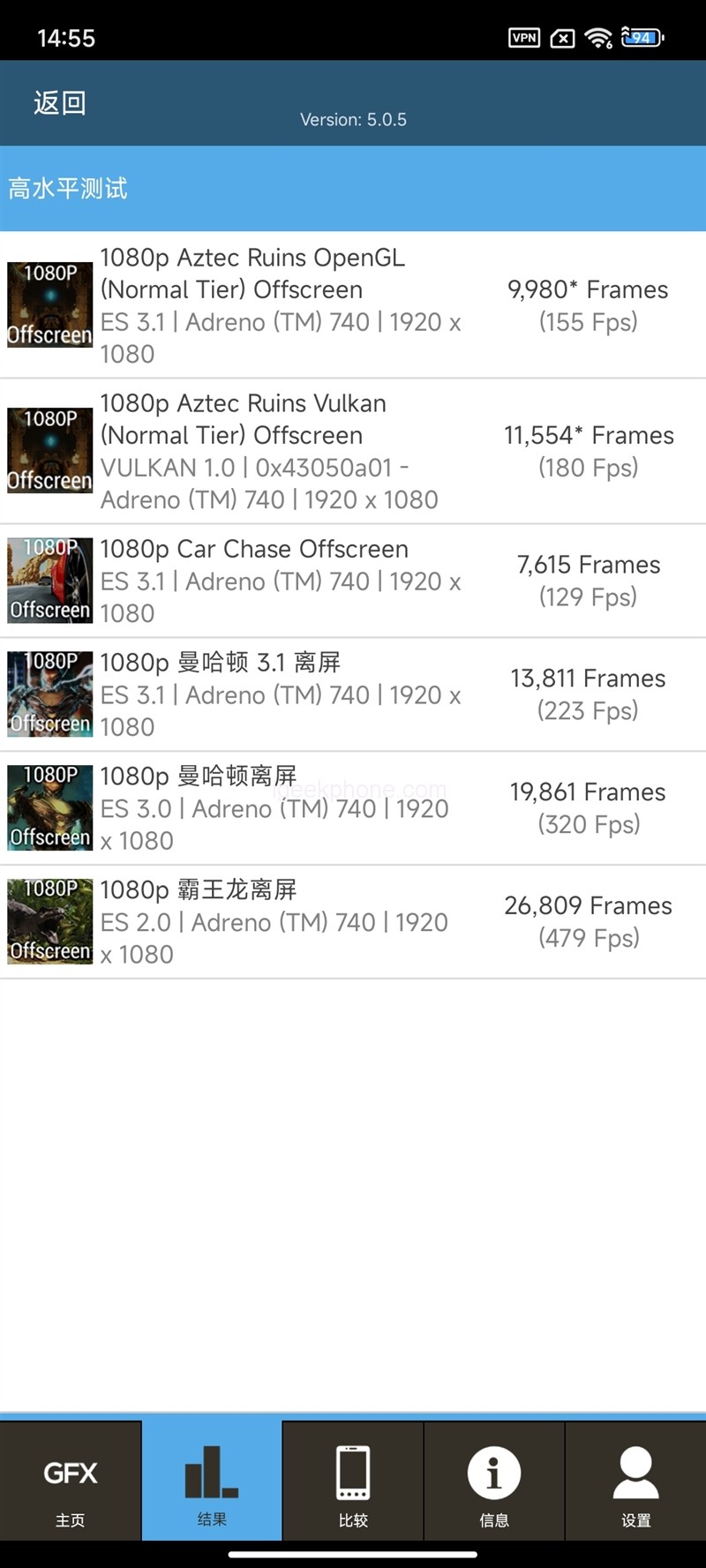
In terms of graphics, compared with the first-generation Snapdragon 8+, the second-generation Snapdragon 8 leads by 29.2%, 38.5%, 27.7%, 28.2%, 28.5%, and 10.9%.
Compared with the A16 equipped on the iPhone 14 Pro Max, the three sub-items of the racing chase, Manhattan, and Tyrannosaurus rex, are compared, leading by 30.6%, 12.4%, and 7.3%, respectively.
AndroBench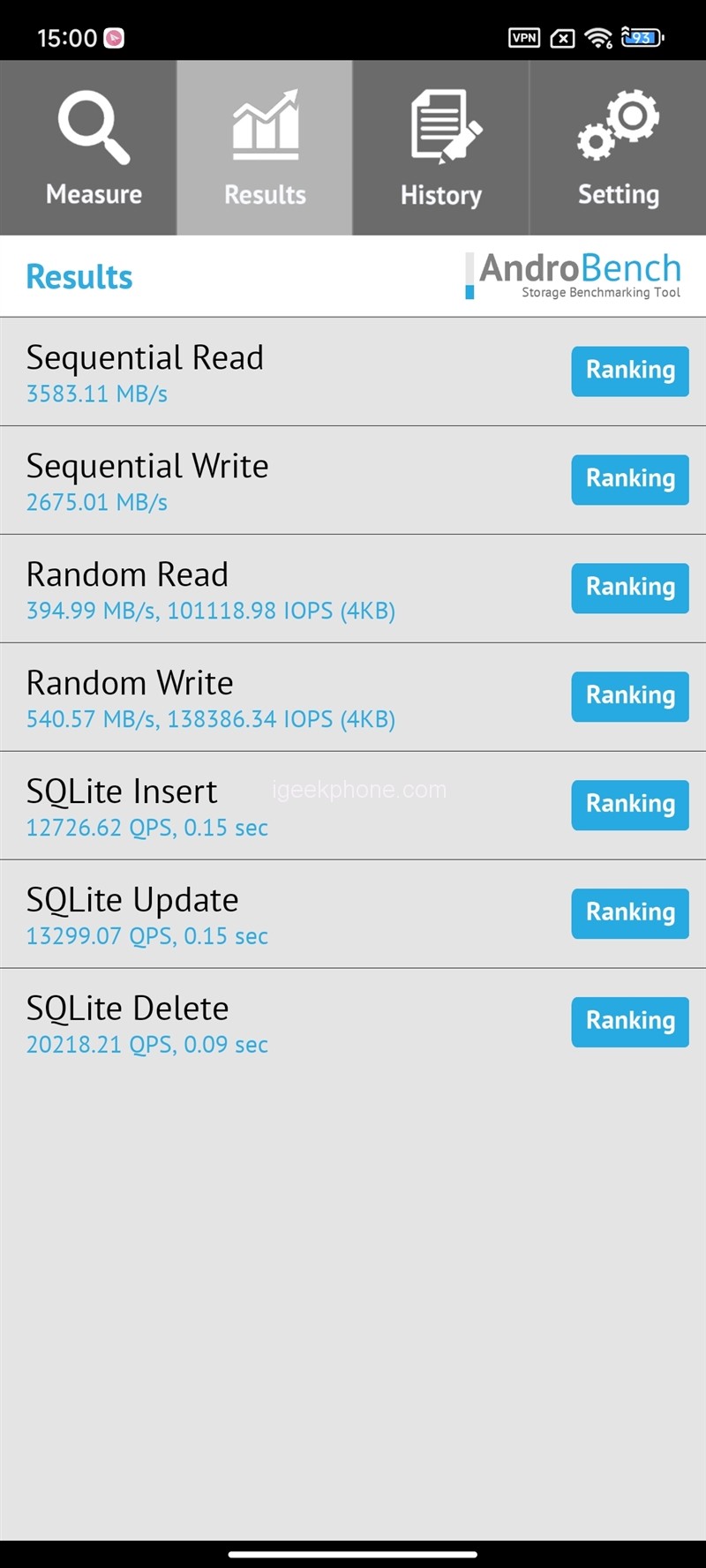
The standard configuration of the Xiaomi Mi 13 Pro is UFS 4.0 flash memory. According to our actual measurement, it can achieve a sequential reading speed of 3583MB/s, which is 87% higher than that of the previous generation; Upgrade rate.
In terms of random reading, compared with the previous generation equipped with UFS 3.1, reading and writing performance has increased by 44.9% and 19.8%, respectively.
Mi 13 Pro uses the same FBO (hardware-level defragmentation File-based Optimization) storage rejuvenation technology as the 12S Ultra. This technology can prevent the performance of the mobile phone from deteriorating after long-term use so that the mobile phone can maintain a smooth operating experience at any time.
Judging from the above theoretical performance, the progress of the second generation Snapdragon 8 is very obvious, especially the graphics performance coming from behind. At least it is about 7.3% ahead of the A16; the CPU performance is comparable to the A15.
Game Performance
QQ Speed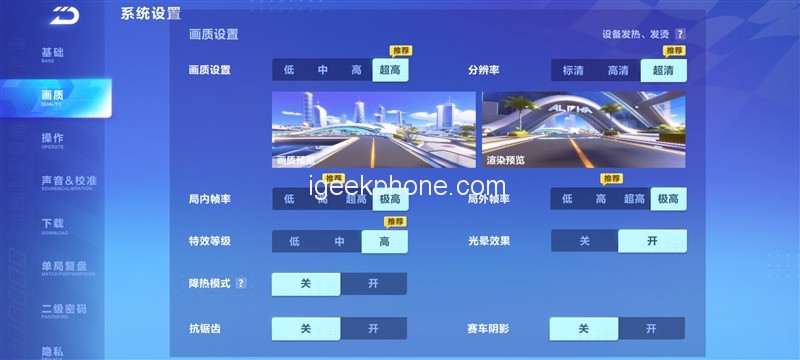
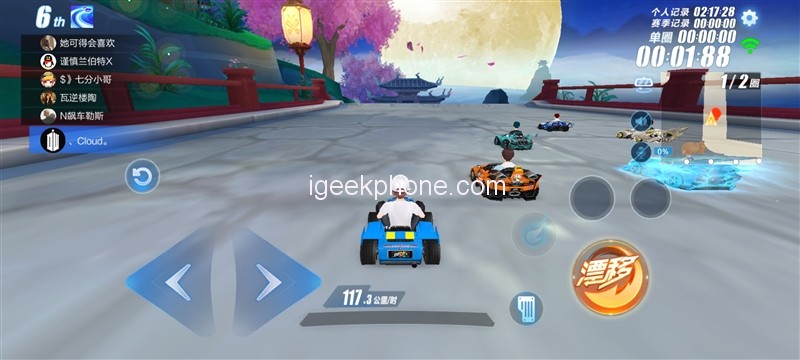

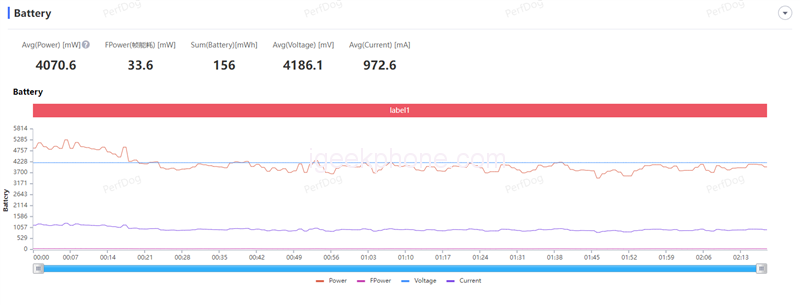
In “QQ Speed,” we turn on the ultra-high-definition picture quality and select the ultra-high-definition resolution and extremely high frame rate.
During the last battle, the average frame rate of the game is 121.1 FPS, the frame rate curve is very smooth, and the pressure is not great.
The average power consumption of the game is 4.1W.
Ace Fighter 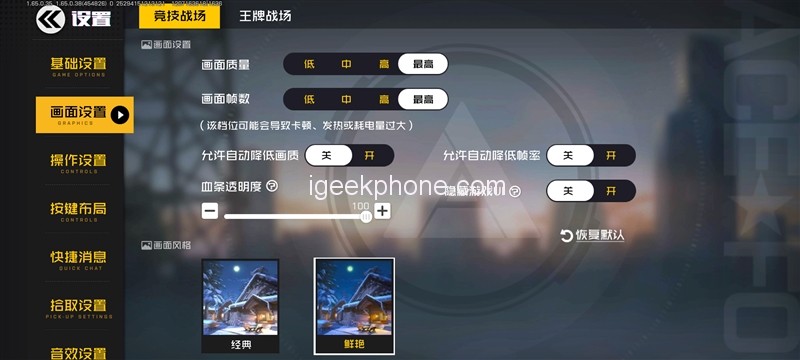
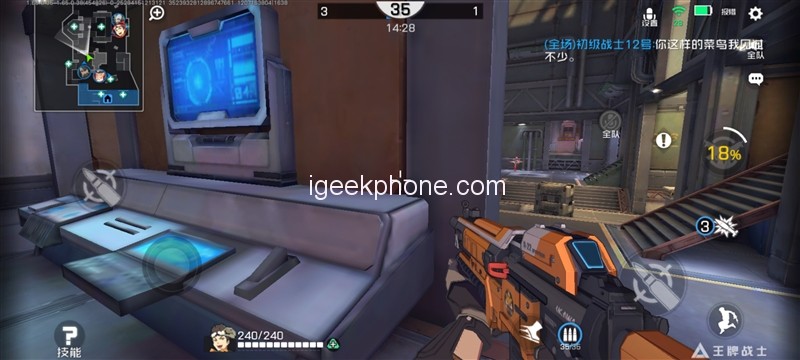
In “Ace Fighter,” we changed the picture quality and frame rate of the competitive battlefield and the ace battleground to the highest, allowing the automatic reduction of picture quality and frame rate to be turned off.
During the last battle, the game fluctuates to a certain extent, but the average frame rate is also 111.3 FPS. FPS shooting games test the reaction ability and hand speed, which is also normal. The average power consumption is lower than that of “QQ Speed,” only 3.7W.
Yuanshin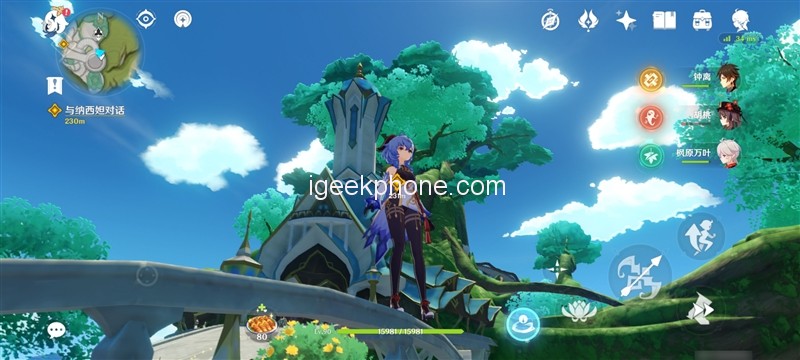
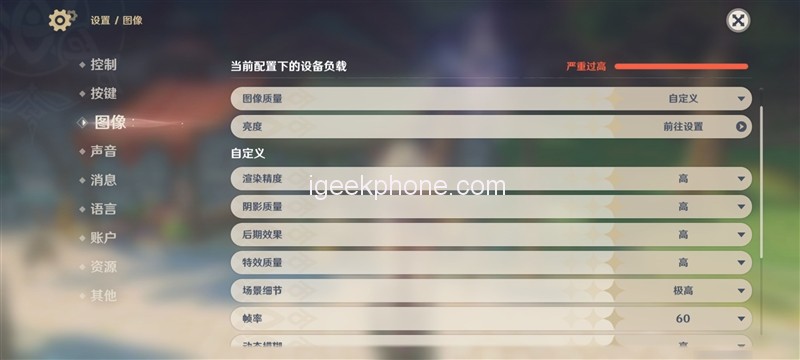
In “Original God,” we changed the image quality to extremely high, and based on this, we changed the default frame rate from 30 to 60 frames.
During the period, we randomly ran the map for 15 minutes in the new map of Xumi City with more complex terrain. Judging from the frame rate curve data graph, even if there is a fluctuation, it is not obvious, and it will soon return to the level of 60 frames, and the benchmark is at a straight-line level.
The power consumption has increased slightly. During the game, the average power consumption of the Mi 13 Pro is around 4.6W. After running “Yuanshin” for 15 minutes, we used an infrared thermometer to check the heat dissipation on the back of the phone.
In an indoor temperature of about 28 degrees Celsius, the temperature in the area where the second-generation Snapdragon 8 chip is located is 42.5 degrees Celsius.
The temperature of the holding area is slightly lower, only 38°C, which is slightly higher than the body temperature.
The ultra-luxury 3400mm2 VC heat dissipation equipped by Xiaomi covers 42% of the fuselage area. The benefits are obvious. The heat dissipation efficiency is faster, and the site is more evenly distributed. There will be no phenomenon that the upper and lower parts are heated unevenly and cannot effectively dissipate heat.
Battery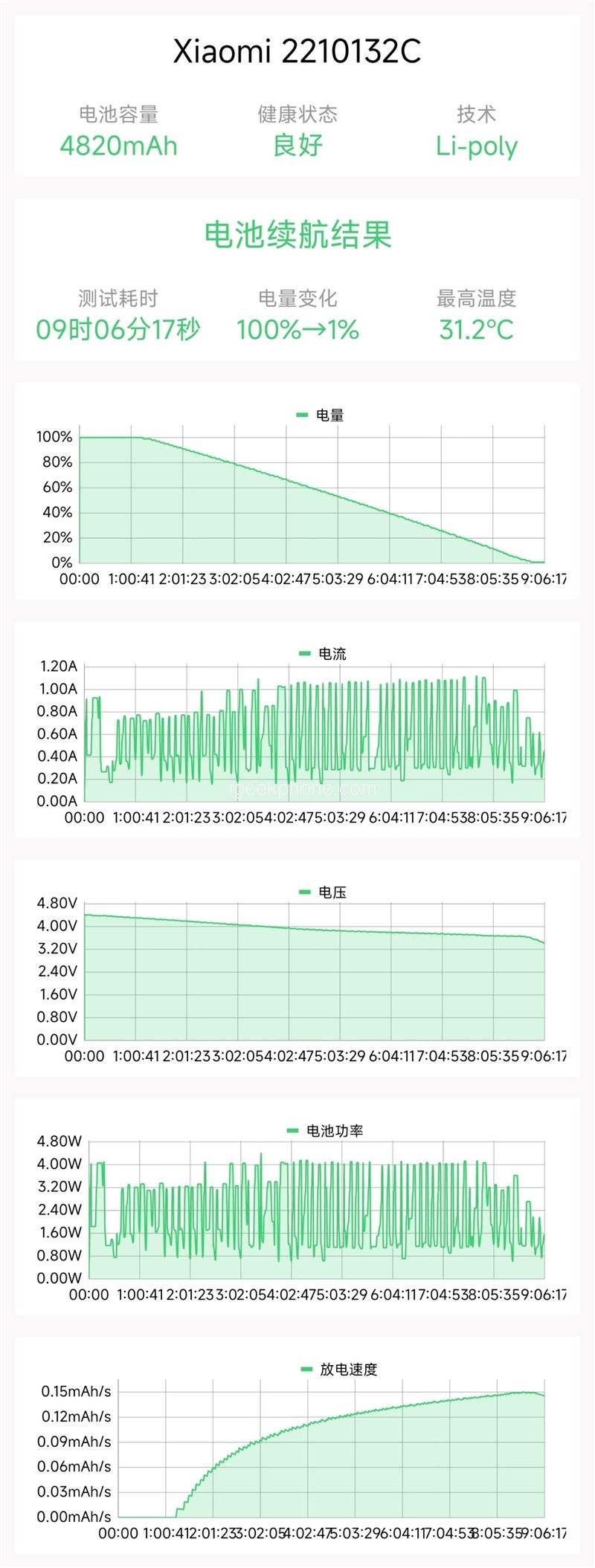
Xiaomi Mi 13 Pro brings the latest 4820mAh high-density battery, built-in surging G1 battery management chip, and adopts MNP integrated packaging technology.
This Xiaomi self-developed chip, The Paper G1 battery management chip, borrows from the BMS (Battery Management System), one of the core technologies of electric vehicles, which can monitor battery safety in real-time at the millisecond level and achieve the most accurate battery life prediction in the industry. Improve battery life and delay battery aging.
The Xiaomi Mi 13 Pro is also equipped with the Xiaomi Surging P1 fast charging chip, which supports 120W Surging wired second charging, 50W wireless second charging, and 10W wireless reverse charging, and also promotes time-domain setting optimization to prevent the battery from being continuously fully charged.
Charging test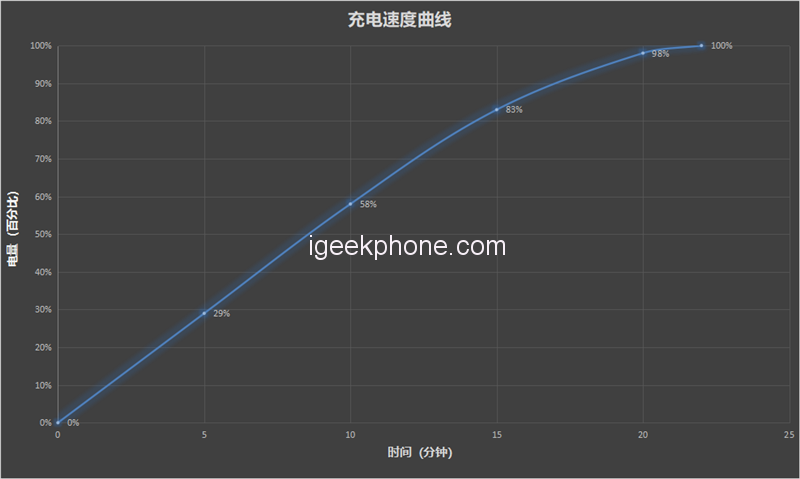
With the support of surging fast charging, it only takes 10 minutes to charge to 58%, 15 minutes to charge to 83%, and it only takes 22 minutes to go from 0% to full blood.
Endurance test
For the battery life, we use a professional battery life test tool – the battery dog produced by IGeekPhone. In terms of test items, we chose the limit battery life test. We checked all the test items, including CPU high voltage, CPU multi-threading, AI recognition, picture browsing, video playback, and web browsing, to simulate user usage scenarios and restore the whole load to the greatest extent. Infinitely close to the real power consumption.
We set manual 50% brightness, WQHD+ resolution, and turn on WQHD+ smart power-saving mode (this mode will automatically switch the resolution according to the usage scene). The refresh rate can be selected up to 120Hz.
From 100% power measurement to shutdown, the hardware dog gave a battery life of 9 hours and 6 minutes. According to the usage of general users, it can provide a whole day of intermittent use.
Verdict of Xiaomi Mi 13 Pro 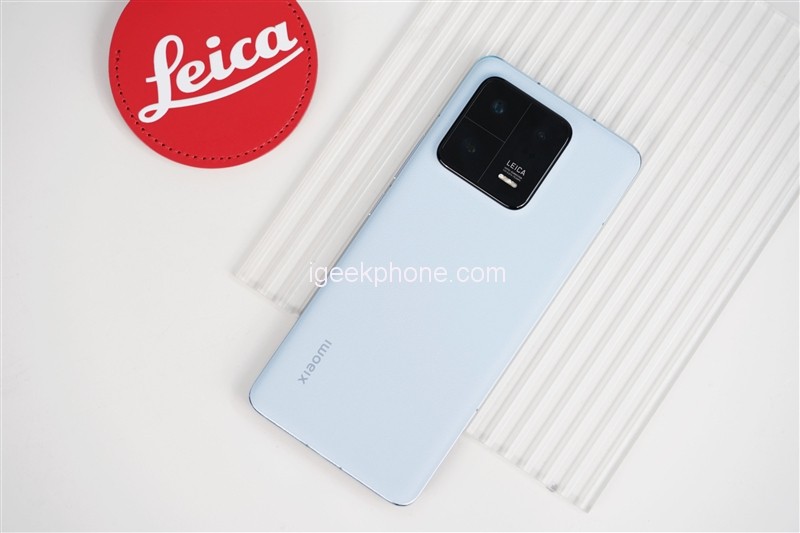
In the past, most users’ impressions of Xiaomi’s imaging changed from generation to generation. This is not difficult to understand. After all, Xiaomi did not start with imaging phones.
On the road of exploration, Xiaomi finally established the future image style on Mi 12S Ultra, and now it is quickly delegated to Mi 13 Pro, which is commendable.
From the perspective of camera experience, with a 1-inch outsole sensor and a Leica optical lens, the Xiaomi Mi 13 Pro has realized where to point and shoot and coupled with a 75mm focal length telephoto lens, it makes framing and taking pictures even more flexible.
All the user needs to do is choose the right angle and press the shutter button to take an excellent sample with full texture. Coupled with the blessing of Leica’s dual image quality, it depends entirely on whether the user wants to liven up the image with vivid colors or a natural style.
The three lenses equipped with Xiaomi Mi 13 Pro have passed the Leica optical certification, with high resolution, large aperture, and excellent distortion control. Using any lens to take pictures can bring the same style and high-resolution performance.
Since Xiaomi and Sony jointly developed the IMX989 sensor, taking Leica as an opportunity, coupled with Xiaomi’s imaging brain, RAW domain computing photography, and other technologies, the influence of entering the imaging industry has also achieved initial results, achieving an imaging style that is different from other manufacturers.
It can also be seen that Xiaomi has found its style in image tuning, covering all aspects of optics and algorithms, hardware, and software. Xiaomi Mi 13 Pro. This also makes the author very curious about what kind of surprise Xiaomi’s next Ultra will bring us.
In terms of hardware, Xiaomi Mi 13 Pro still belongs to the bucket machine specification. The new-generation performance three-piece suit of the second-generation Snapdragon 8+8533Mbps LPDDR5X+UFS 4.0 is the top-level specification at the moment, and the performance improvement brought by all aspects is also true. Very obvious.
In particular, the graphics performance of the second-generation Snapdragon 8 is far superior to that of the A16. The actual game performance, power consumption, and heat generation performance are also very good. Yuanshen’s 60 FPS full-frame performance is very stable, and it is only 42.5 degrees Celsius in 15 minutes; compared with the 6~8W power consumption performance of the first generation Snapdragon 8+, it is much lower.
This is also due to the ultra-luxury 3400mm2 VC heat dissipation equipped by Xiaomi, which allows the upper and lower parts of the fuselage to be heated more evenly, and can effectively dissipate heat, making it easy to play games for a long time.
Xiaomi Mi 13 Pro has excellent fast charging and battery life. The 120W surging fast charging can be fully charged in less than half an hour. The 4820mAh large battery provides 9 hours of battery life, allowing users to say goodbye to battery life anxiety.
It can be said that among the flagship video phones, the Xiaomi digital series has achieved “overtaking” with its imaging capabilities, which has improved its competitiveness. I believe that when the public mentions camera phones in the future, they will think of Xiaomi as soon as possible.
Do not forget to follow us on our Facebook group and page to keep you always aware of the latest advances, News, Updates, review, and giveaway on smartphones, tablets, gadgets, and more from the technology world of the future.










